Features > Property News & Insights > Market updates
“Absolute shocker” inflation number rules out September rate cut
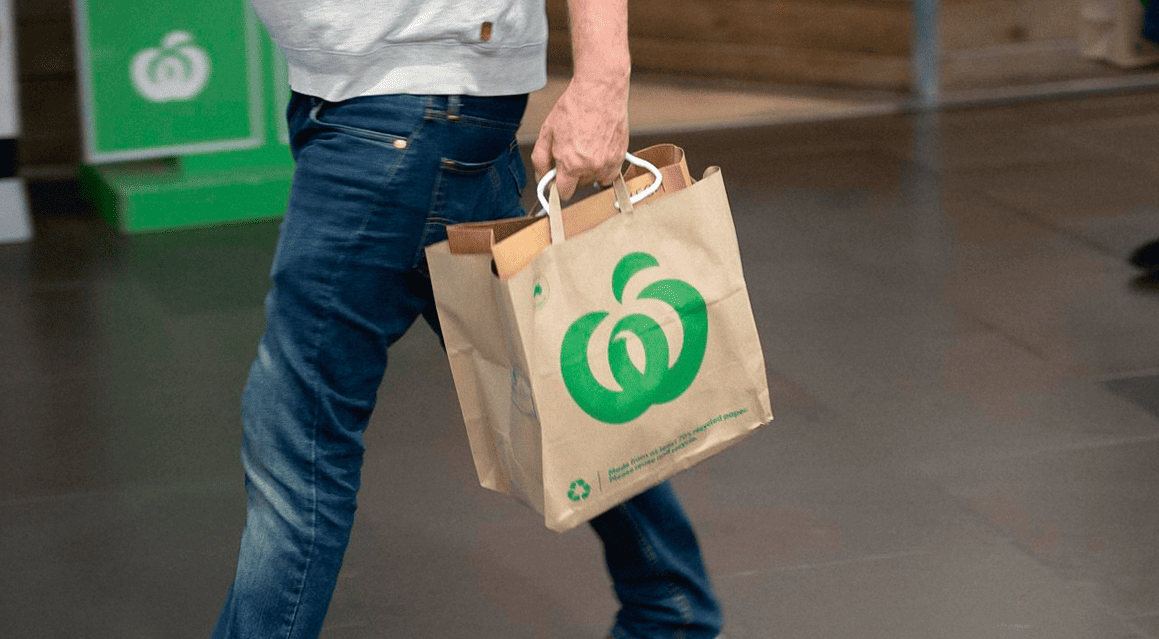
Image from NCA Newswire/Nicki Connolly
KEY POINTS
- Australia’s main inflation measure rose 2.8% in the 12 months to July 2025, up sharply from 1.9% in June and well above market forecasts
- The numbers from the ABS also saw the all-important “trimmed mean” measure of underlying inflation jump from 2.1% to 2.7%
- Economists say the surprise inflation spike effectively rules out an RBA rate cut in September, with November now the earliest likely option if inflation cools again
Hopes of more interest rate cuts by the Reserve Bank of Australia as early as next month have been dashed, after the latest figures showed Australia’s inflation rate has jumped.
Australia’s official inflation gauge, the monthly Consumer Price Index (CPI) indicator, rose 2.8% in the 12 months to July 2025, according to the latest data from the Australian Bureau of Statistics.
It’s the highest CPI reading in a year, leading one economist to brand the figures an “absolute shocker”.
The data complicates the path forward for the RBA, given that inflation may not be cooling in line with the central bank’s expectations.
The details
The ABS says the monthly CPI indicator rose 2.8% in the year to July, up from 1.9% in the 12 months to June.
The figure came in well above market predictions of 2.3%.
“This is the highest annual inflation rate since July 2024, following several months of easing inflation,” says Michelle Marquardt, the ABS’ Head of Prices Statistics.
Ms Marquardt says the largest contributors to this rise were in the Housing (+3.6%), Food and non-alcoholic beverages (+3.0%), and Alcohol and tobacco (+6.5%) categories, with school holidays in July also causing a bump in spending.
Electricity costs also contributed to the higher CPI outcome, with state and federal government rebates on power bills coming to an end.
Underlying inflation measures also spiked, including the Reserve Bank of Australia’s preferred “trimmed mean” measure.
“Annual trimmed mean inflation was 2.7% to July 2025,” Ms Marquardt says.
“This was up from 2.1% inflation (in the year) to June and similar to the rate that we saw three months ago.”
The measure of CPI excluding volatile items and holiday travel rose to 3.2% in July from 2.5% in June.
What this means for interest rates
The ABS monthly inflation data comes just a day after the release of the minutes of the RBA’s August meeting.
They showed the bank expressing a willingness to cut interest rates further, especially if inflation cools further in line with its forecasts.
The blow-out in the July figures has now dampened market expectations for another RBA rate cut by the end of the year, with the markets all but ruling out a cut in September and easing their bets of an easing at the RBA’s November meeting.
“The biggest disappointment is the fact that annual trimmed inflation has rebounded from an encouragingly low 2.1% in June to an ugly 2.7% in July,” says BetaShares Chief Economist David Bassanese.
Mr Bassanese, who labelled the inflation figures an “absolute shocker”, says the immediate monetary policy implication is to “likely remove any chance of an RBA interest rate cut at the September policy meeting”.
Westpac economist Justin Smirk agrees.
Highlighting the spike in the underlying inflation numbers, he says that “one month does not make a trend, but this move should not be ignored.”
The RBA “is unlikely to cut rates in September,” Mr Smirk says.
“Instead, the Bank will likely wait for the full September quarter CPI results, due in the last week of October.”
AMP Deputy Chief Economist Diana Mousina says it’s too early to panic.
“We expect another rate cut in November when there will be 2 more inflation reads available, so it’s too early to get worried about an inflation rebound,” she says.
Stay Up to Date
with the Latest Australian Property News, Insights & Education.




.png?width=292&height=292&name=Copy%20Link%20(1).png)
 SIGN UP FOR FREE NEWSLETTER
SIGN UP FOR FREE NEWSLETTER
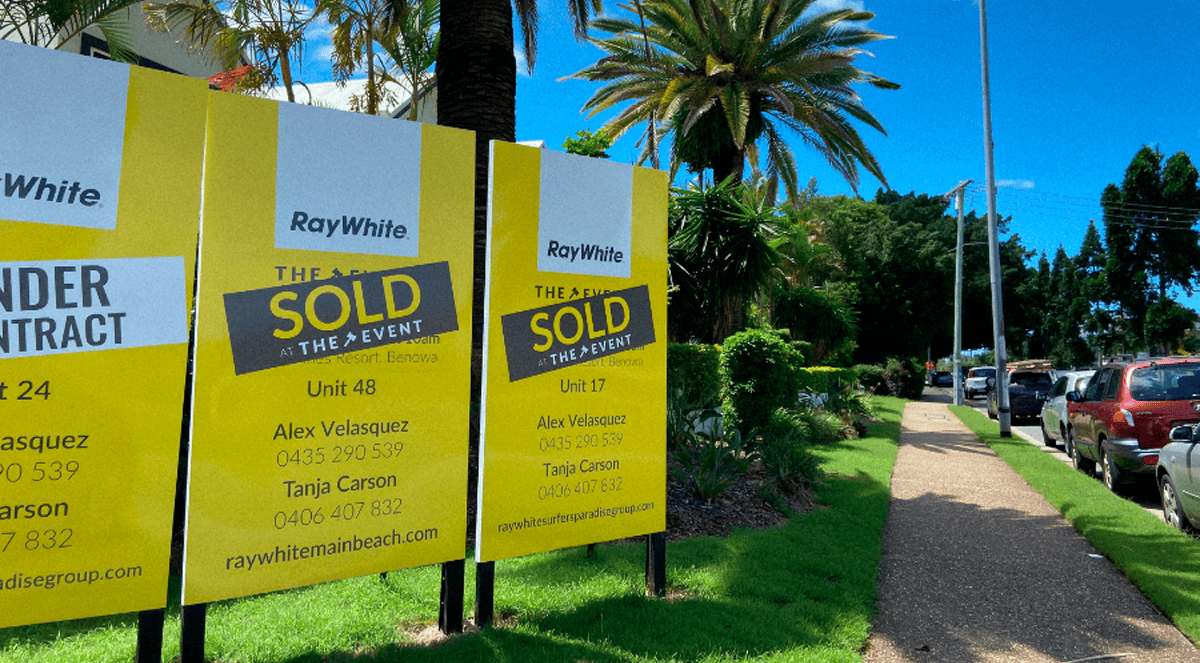
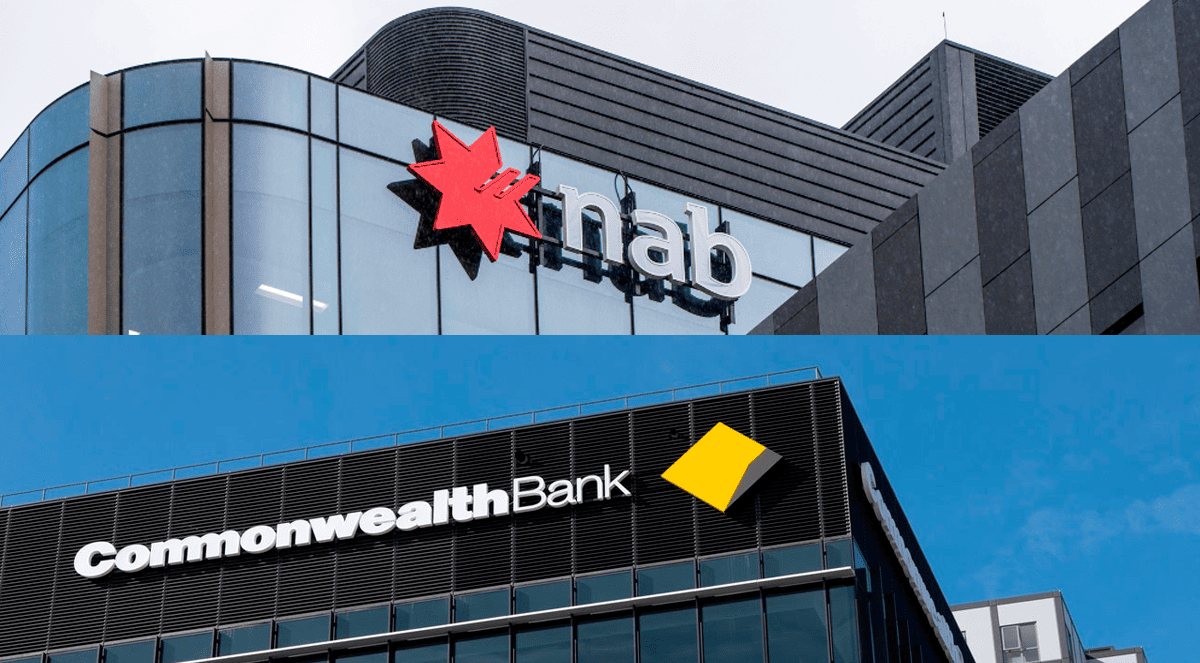

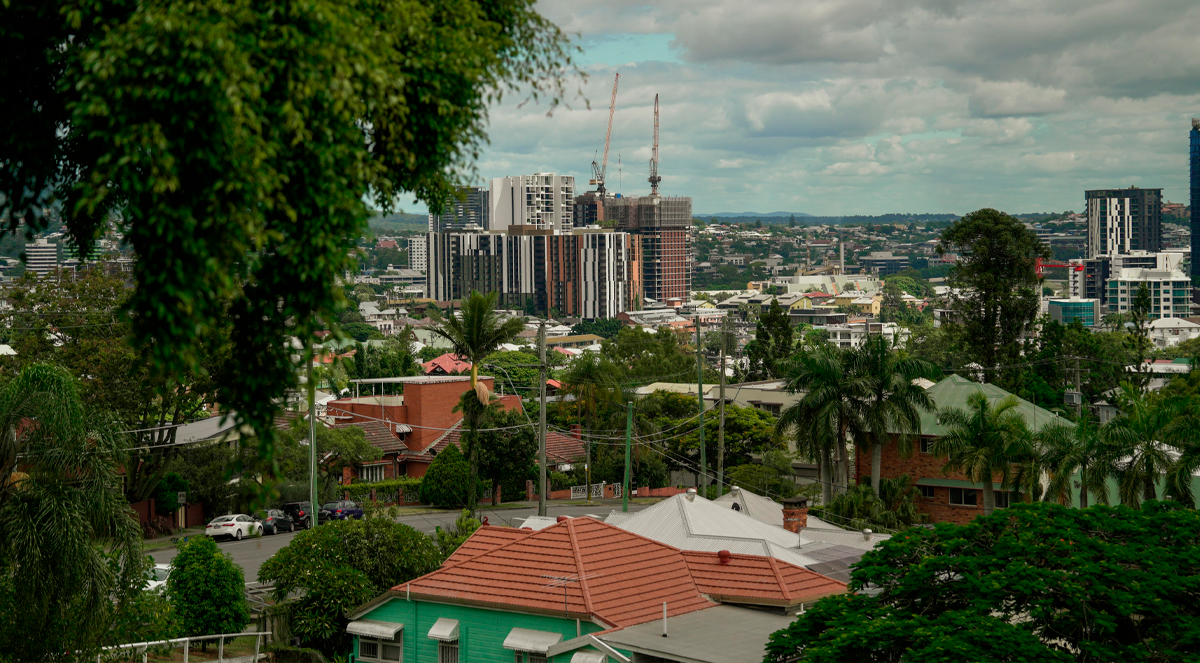
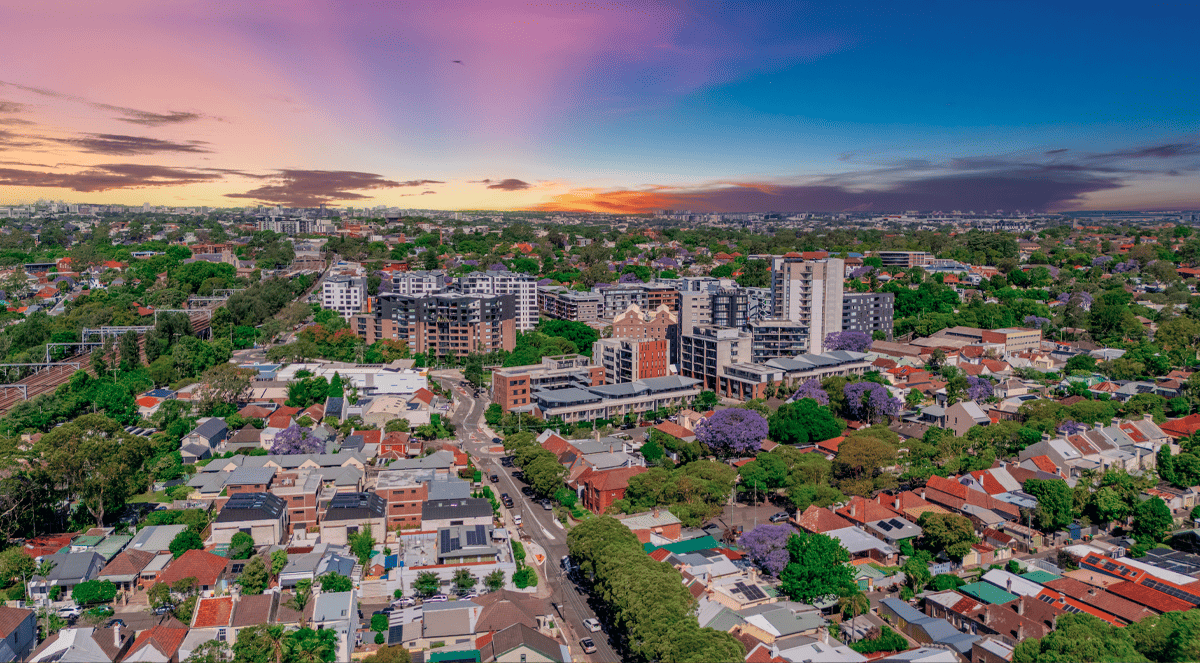
.jpg?width=1920&height=1080&name=Warning%2c%20You%20Might%20Be%20Facing%20Higher%20Taxes%20Soon%20(1).jpg)





.png?width=1920&height=1080&name=Rate%20Drops%20Signal%20BIGGEST%20Property%20Boom%20in%20DECADES%20(1).png)

.jpg?width=1920&height=1080&name=Labor%20vs%20Liberal%20These%20Housing%20Policies%20Could%20Change%20the%20Property%20Market%20Forever%20(1).jpg)
.jpg?width=1920&height=1080&name=QLD%20Slashes%20Stamp%20Duty%20Big%20News%20for%20Investors%20%26%20Home%20Buyers%20(1).jpg)
.jpg?width=1920&height=1080&name=Trump%20Just%20Slapped%20Tariffs%20%E2%80%93%20Here%E2%80%99s%20What%20It%20Means%20for%20Australia%20(1).jpg)
.jpg?width=1920&height=1080&name=Federal%20Budget%202025%20More%20Debt%2c%20No%20Housing%20%E2%80%93%20Here%E2%80%99s%20What%20You%20Need%20to%20Know%20(1).jpg)
.jpg?width=1920&height=1080&name=Australias%20Housing%20Crisis%20is%20about%20to%20get%20MUCH%20Worse%20(New%20Data%20Warns).jpg)
%20(1).jpg?width=1920&height=1080&name=Australias%20RENTAL%20CRISIS%20Hits%20ROCK%20BOTTOM!%20(2025%20Update)%20(1).jpg)
%20(1).png?width=1920&height=1080&name=Is%20Adelaide%20Still%20a%20Good%20Property%20Investment%20(2025%20UPDATE)%20(1).png)
.jpg?width=1920&height=1080&name=RBA%20Shocks%20with%20Rate%20Cuts!%20What%E2%80%99s%20Next%20for%20Property%20Investors%20(1).jpg)
%20(1).jpg?width=1920&height=1080&name=I%20Predict%20The%20Feb%20Rate%20Cut%20(My%20Price%20Growth%20Prediction)%20(1).jpg)
.png?width=1920&height=1080&name=Why%20Property%20Prices%20Will%20Rise%20in%202025%20Market%20Predictions%20(1).png)
.jpg?width=1920&height=1080&name=Why%20Investors%20Are%20Choosing%20Apartments%20Over%20Houses%202%20(1).jpg)
.jpg?width=1920&height=1080&name=Why%20Rate%20Cuts%20Will%20Trigger%20A%20Property%20Boom%20(1).jpg)
.jpg?width=1920&height=1080&name=Retire%20On%202Million%20With%20One%20Property%20(Using%20SMSF).jpg)
.jpg?width=1920&height=1080&name=4%20Reasons%20Why%20You%20Should%20Invest%20in%20Melbourne%20Now%20(1).jpg)
%20(1).jpg?width=1920&height=1080&name=Old%20Property%20vs%20New%20Property%20(Facts%20and%20Figures%20Revealed)%20(1).jpg)
%20(1).jpg?width=1920&height=1080&name=Will%20The%20New%20QLD%20Govt%20Create%20a%20Property%20Boom%20or%20Bust%20(My%20Prediction)%20(1).jpg)
%20Scott%20Kuru%20(1).jpg?width=1920&height=1080&name=Inflation%20Hits%20Three-Year%20Low%20(Will%20RBA%20Cut%20Rates%20Soon)%20Scott%20Kuru%20(1).jpg)
.jpg?width=1920&height=1080&name=How%20to%20Buy%20Investment%20Property%20Through%20SMSF_%20The%20Ultimate%20Guide%20(1).jpg)
.jpg?width=1920&height=1080&name=Victoria%20Slashes%20Stamp%20Duty%20Melbourne%20Set%20to%20Boom%20Scott%20Kuru%20(1).jpg)
.png?width=1571&height=861&name=Are%20Foreign%20Buyers%20Really%20Driving%20Up%20Australian%20Property%20Prices%20(1).png)
.jpg?width=1920&height=1080&name=The%20Single%20Factor%20That%20Predicts%20Property%20Growth%20Regions%20(1).jpg)
%20Scott%20Kuru%20(1).jpg?width=1920&height=1080&name=My%20Prediction%20On%20Rates%20%26%20Negative%20Gearing%20(Market%20Crash)%20Scott%20Kuru%20(1).jpg)

-1.png?width=1920&height=1080&name=Major%20Banks%20Cut%20Rates%20Will%20RBA%20Follow%20Suit%20(Sept%20Rate%20Update)-1.png)
%20Scott%20Kuru-1.png?width=1920&height=1080&name=Rate%20Cut%20Coming%20What%20New%20Zealands%20Move%20Means%20for%20Australia%20(Sept%20Prediction)%20Scott%20Kuru-1.png)
%20(1).jpg?width=1920&height=1080&name=Buy%20when%20the%20interest%20rates%20are%20high!%20(Why%20you%20must%20buy%20now!)%20(1).jpg)
.jpg?width=1920&height=1080&name=Carms_Revised%20Taxes%20Due%20Aug%209%20YT%20Thumbnail02%20(1).jpg)
.jpg?width=1920&height=1080&name=Carms_Too%20Little%20Too%20Late%20Aug%207%20YT%20Thumbnail01%20(1).jpg)









.jpg?width=1920&height=1080&name=Carms_Rate%20Drop%20In%20July%20Jun%2010%20YT%20Thumbnail02%20(1).jpg)
.jpg?width=1920&height=1080&name=Carms_Own%20a%20Property%20V6%20Jun%205_YT%20Thumbnail%20(1).jpg)









.png?width=1920&height=1080&name=Artboard%201%20(3).png)






.jpg?width=1920&height=1080&name=YT%20thumbnail%20%20(1).jpg)

